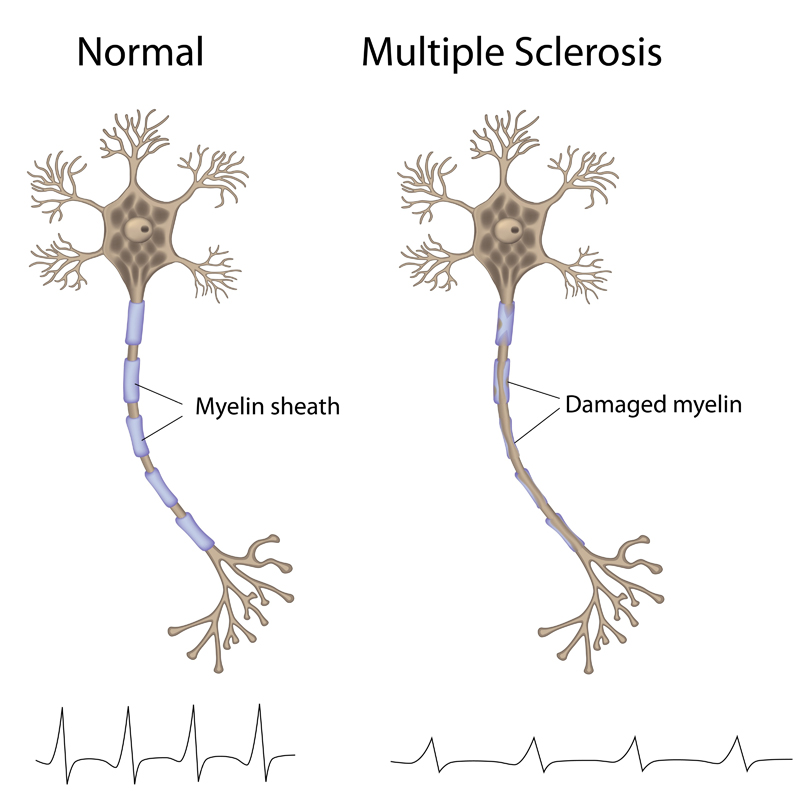Many people don’t know that multiple sclerosis isn’t just one disease, but several. In fact, four types of multiples sclerosis are recognized.
Progressive-Relapsing MS
In this type of the disease, also called PRMS, the disease progresses steadily over time. Now and then there are flare-ups from which patients might recover, but they do not experience remissions. Interferon beta drugs are used to treat this type of MS. They are also used to treat other types of progressive MS.
Relapsing-Remitting MS
In this version of the disease, called RRMS, the patient has flare-ups where their symptoms worsen. They are followed by recovery periods where the symptoms either disappear for a time or are greatly reduced. However, this type of the disease doesn’t progress. Most people who have MS have this form of the disease.
People with RRMS tend to have more inflammation in their central nervous systems, which leads to more scars in their brains. The disease also afflicts women two to three times more than it afflicts men. Patients with RRMS are also diagnosed earlier than patients with progressive MS. They are typically diagnosed in their 20s and 30s.
The symptoms of this type of MS include incontinence and other problems with the excretory system, fatigue, numbness, visual disturbances, memory loss and stiffness.
Secondary-Progressive MS
Most people with RRMS transition to this form of the disease. In SSPMS, the disease begins to progress as it does not in RRMS. The progression is steady but not necessarily fast. Flare-ups may or may not appear.
People who transition to SSPMS have usually lived with RRMS for at least a decade, and in some people the transition can take as long as 25 years. The disabilities and symptoms suffered are caused less and less by inflammation and more by the nerve damage that the inflammation has left in its wake. Determining when a patient has SSPMS is subtle. A person may simply discover symptoms that were not there before, such as more difficulty in walking.
Primary-Progressive MS
In PPMS, the disease begins and grows worse over time, though the patient may have minor and fleeting improvements and plateaus. Though this form of the disease is progressive and there are no remissions, there are also no flare-ups.
People with PPMS tend to have more lesions in their spinal cord than their brain. The number of men and women afflicted are nearly equal, and patients are diagnosed about a decade later than people with RRMS. PPMS patients also have more trouble with walking and generally need more help with day-to-day tasks.
Pediatric MS
Most MS patients are adults, but children and adolescents can also contract the disease. The occurrence is rare enough for most doctors to not expect their pediatric patients to have it. Its symptoms also mimic many other childhood illnesses. Nearly all pediatric MS patients have the RRMS type, and they differ from adults in that they have flare-ups more often. The course of the disease tends to be slower in children, but they can also be stricken with more disabilities earlier.
